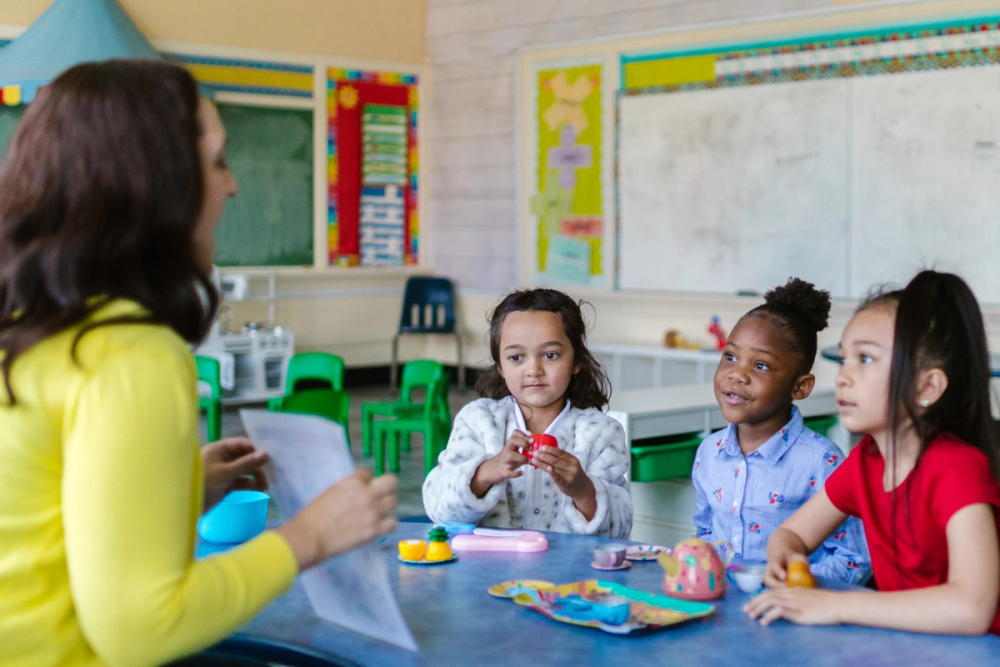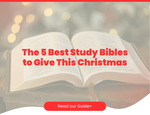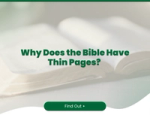Noah's Ark Lesson Plan For KS2
Laura White - Eden Children's Resources Specialist

This free lesson plan for Key Stage 2 (KS2) focusing on the story of Noah, delving deeper into themes of consequences, faith, and God's covenant.
KS2 (Year 3-4) Lesson Plan: Noah's Ark - Covenant and Consequences
Title: Noah's Ark: Covenant, Consequences, and God's Faithfulness Key Stage/Year Group: Key Stage 2 (Years 3-4) Subject: Religious Education (RE) Time Allotment: 60-75 minutes (flexible)
Resources Required:
A good children's Bible version of Noah's Ark (e.g. The Rainbow Good News Bible, Usborne Children's Bible or The Lion Children's Bible - Super Readable Edition). Consider having a few different versions for comparison.
Whiteboard or large paper for brainstorming/timeline.
Worksheets with discussion questions (to be created based on activities in the lesson plan).
Art supplies for "Covenant Rainbows" or "Noah's Ark Journal" (e.g., colourful paper, pens, pencils, felt tips, possibly glitter or stickers for rainbows).
Optional: Video clip of the Noah's Ark story (ensure it's age-appropriate and sensitive to the theme of judgment).
Optional: "What is a Covenant?" simple explanation sheet.
Learning Objectives:
By the end of the lesson, children will be able to:
- L.O.1: Recount the key events of the Noah's Ark narrative in detail, identifying the characters and settings. (Recall/Comprehension)
- L.O.2: Explain God's reasons for sending the flood and Noah's role in God's plan. (Analysis/Understanding)
- L.O.3: Describe the meaning of the covenant (promise) God made with Noah and humanity, identifying the rainbow as its symbol. (Understanding/Interpretation)
- L.O.4: Reflect on the themes of consequences of human actions and God's faithfulness. (Reflection/Evaluation)
Differentiation:
- All children will: Be able to retell the main events of the story and identify the rainbow as a symbol of God's promise.
- Most children will: Be able to explain God's judgment and grace, articulate the concept of a covenant, and identify at least one consequence of human actions.
- Some children will: Be able to discuss the theological implications of the flood, analyse Noah's obedience, explain the significance of the covenant in relation to God's character, and reflect on the story's relevance today.
Lesson Outline:
1. Introduction (10 minutes)
- Hook: Start with a scenario: "Imagine a time when the world was filled with unkindness and people kept making bad choices. What do you think might happen? What would you wish for?"
- Introduce Story: "Today, we're going to explore a powerful story from the Bible, the story of Noah's Ark. It's a story about human choices, big consequences, and an incredible promise from God."
- Bible Context: Explain that the story comes from the book of Genesis, the very beginning of the Bible, and it teaches us about God's character and our relationship with Him.
2. Main Activities (40-50 minutes)
- A. In-Depth Storytelling & Comprehension (20-25 minutes)
- Read the story of Noah's Ark from a suitable Bible version. Encourage active listening.
- Guided Discussion (L.O.1 & L.O.2):
- "Why was God saddened by the people on Earth?" (Focus on human wickedness/corruption).
- "What was unique about Noah that made God choose him?" (Noah's righteousness, obedience).
- "Describe what God told Noah to build. What challenges might Noah have faced?" (Faith, perseverance).
- "What happened during the flood? How long did it rain?" (Consequences of sin, God's judgment).
- "What happened after the flood? Who was on the ark?" (New beginning, preservation).
- "What was the very first thing Noah did when he left the ark?" (Worship God - build an altar).
- B. Exploring the Covenant and Consequences (20-25 minutes)
- Introduce "Covenant" (L.O.3): "After the flood, God made a very special promise with Noah and all living creatures. This special promise is called a covenant." Explain it as a solemn agreement or promise from God that He will always keep.
- The Rainbow Symbol: "What did God send as a sign of this covenant?" Discuss the rainbow as a visual reminder of God's promise never to destroy all life on Earth with a flood again.
- "Consequences Web" (L.O.4): On the whiteboard, draw a circle with "Human Actions" in the middle. Ask: "What were the bad choices people made that led to the flood?" (e.g., wickedness, violence, corruption). Write these around the circle. Then, draw arrows from these choices to "The Flood" in another circle. Discuss: "What were the consequences of these actions?"
- "God's Faithfulness" Discussion (L.O.4): Contrast the consequences with God's faithfulness in keeping His promise. "Even when people made bad choices, God still made a promise of new life and hope. What does this tell us about God's character?"
Plenary (10 minutes)
- "Rainbow of Promises" Sharing: Have children hold up their "Covenant Rainbows" (if time for craft) or share their reflections from their journals.
- Quick Recap: Ask students to identify one thing they learned about consequences and one thing about God's promise/faithfulness from the story.
- Connection to Life: "How can remembering God's promise help us when things are difficult? What can we learn about making good choices from this story?"
- Concluding Thought: "The story of Noah is a powerful reminder of God's justice, His incredible faithfulness, and His ongoing promise of hope and new beginnings."
Assessment Opportunities:
- Written Responses: Review worksheets or journal entries for evidence of understanding of key events, consequences, and the covenant.
- Verbal Participation: Observe contributions to discussions, ability to answer comprehension and analytical questions.
- Story Retelling: Ask individuals or small groups to retell the story, focusing on the sequence and meaning.
Differentiation:
- For children needing more support:
- Provide a simplified text version of the story or a storybook Bible (like "The Usborne Children's Bible" or "The Jesus Storybook Bible").
- Use visual sequencing cards for the story events.
- Provide sentence starters for written responses (e.g., "God sent the flood because...").
- Pre-prepare sections of the "Consequences Web."
- For children needing more challenge:
- Encourage deeper reflection: "How does the story of Noah foreshadow later events in the Bible?" or "What responsibilities come with God's promise?"
- Ask them to research other Biblical covenants (e.g., Abrahamic covenant).
- Write a short reflective paragraph or poem from Noah's perspective after leaving the Ark.
Extension Activities:
- Covenant Rainbow Art Project: Create larger, more elaborate rainbows with each colour representing a different aspect of God's promise or human responsibility.
- Noah's Ark Journal: Students create a small journal, with each page illustrating a key event from the story and a short caption explaining its significance.
- "Why a Rainbow?" Science Link: Briefly discuss the science behind rainbows (light refraction) and marvel at how God used a natural phenomenon as a sign of His covenant.
- Research Other Floods: (Carefully, with guidance) briefly look at flood stories from other cultures or ancient texts and compare them to the Noah story, discussing similarities and differences.
For more resources for schools take a look at the Eden Education Hub.
Latest Blogs

Bibles
The 5 Best Study Bibles to Give This Christmas
Looking for the perfect Study Bible to give as a gift? Our 2025 guide reviews the 5 best study Bibles for deep, meaningful study this Christmas.

Bibles
Why Does the Bible Have Thin Pages?
Ever wondered why Bible paper is so thin? We explain the reason (size!) and show you which Bibles, like Journaling Bibles, use thicker paper for notes.

Bible
Why is the Bible Called The Bible? (A Simple Explanation)
Ever wondered where the name "Bible" comes from? Discover the simple meaning behind the word and why it's called 'the books'.

Bibles
The ERV (Easy-to-Read Version): Your Questions Answered
What is the ERV Bible? Is it accurate? Our simple guide answers the top questions about the Easy-to-Read Version and compares it to the NIV and NLT.

Bible
I’m a New Christian, Where Do I Even Start with the Bible?
Feeling excited but overwhelmed about reading the Bible for the first time? This simple, friendly guide for new Christians shows you exactly where to start, what to read first, and how to understand it.

Bibles
NLT vs. KJV: A Guide to Readability and Tradition
Comparing the NLT vs. the KJV Bible? Our simple guide explains the key differences in language and style to help you choose the best translation for you.

